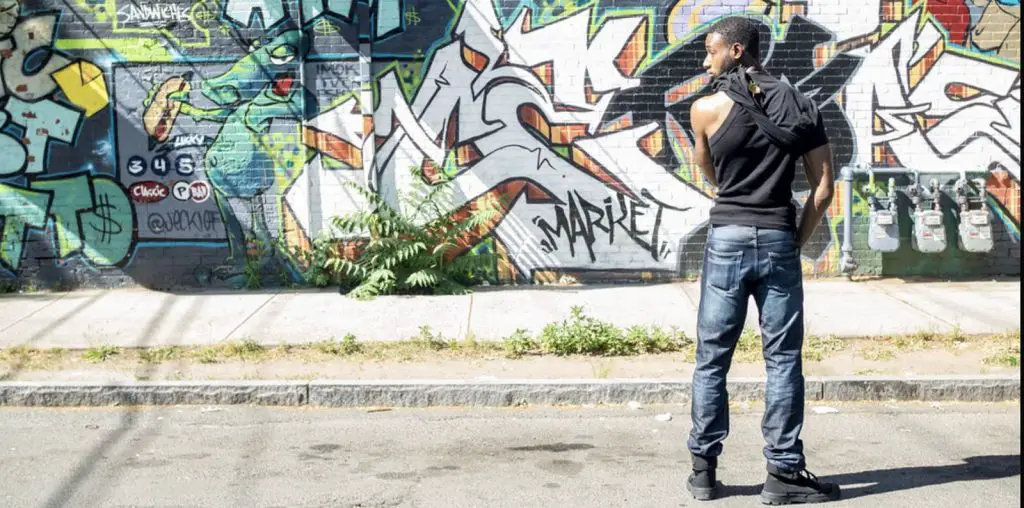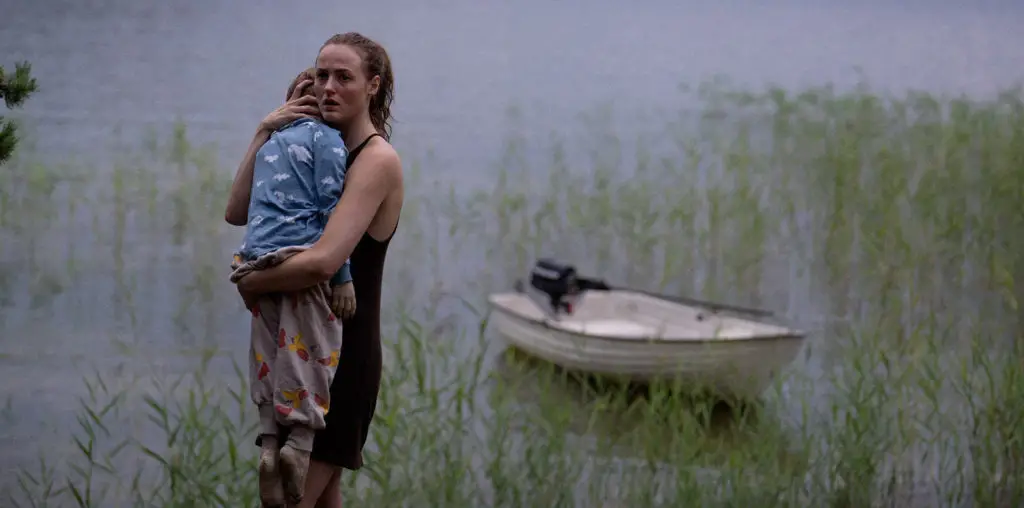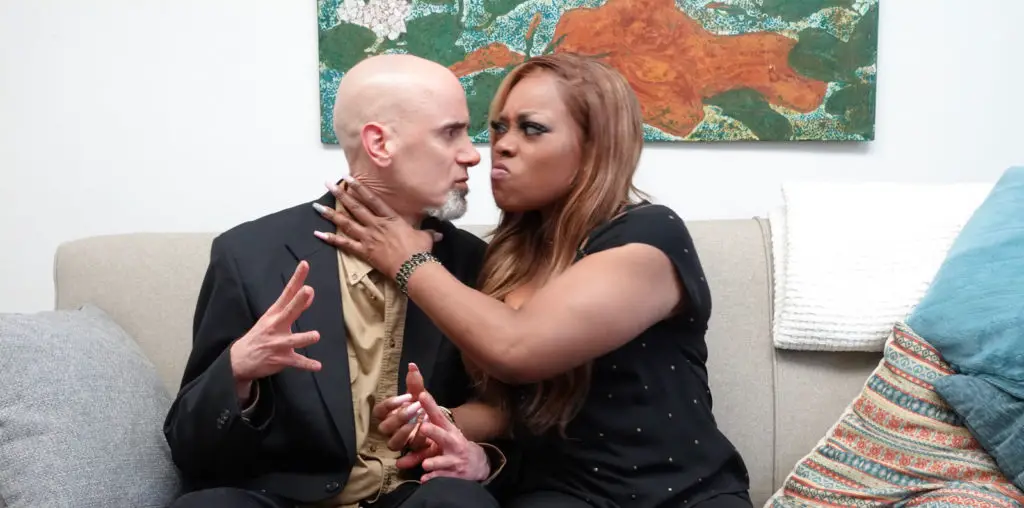
What was the genesis of “The Three Marias”? ^ It was written by Heitor Dhalia, my assistant on my first feature film. He showed me this treatment and it was based in a kind of literature they have in the north of Brazil called cordel literature, and it has a very special rhyme and meter that is different from traditional poetry. He told the story in this cordel-style poetry, which we adapted for the film. This was in 2000; I had finished my first feature “A Glass of Rage” in 1999. We then received a prize from the Hugo Boss Fund in Holland for the script. Heitor became my partner on the film. We shot the film in 2001 and released it in Brazil and Europe in 2002.
Why wasn’t “A Glass of Rage” released in the United States? ^ I don’t know if it is because of the language; American audiences are not used to watching films with subtitles. In Brazil, 90% of our films are American and we watch them with subtitles. But now in the U.S. there is a growing Latin population in Miami, California and New York, so maybe there is a growing market for these films. That’s why I am glad to be released here by Empire Pictures, because it is very difficult to be released here. I think it is easier to release a Brazilian film in Europe than in the U.S. Unless you have a blockbuster picture like City of God, it is very difficult for a Brazilian film to get an American release.
How did you get into the film business? Did you study filmmaking in Brazil? ^ No, I originally studied economics. I finished my university studies at the Faculdade Candido Mendes in 1982 when I was 20 and then I went to London to do a Masters in economics. I was always interested in film, growing up watching Buñuel, Fellini, Godard, Truffaut, and some of the American classics like Elia Kazan’s “Splendor in the Grass” (I watched it 25 times), Hitchcock, Woody Allen. Although I was very much interested in films, I didn’t know I could make them. But when I went to London I kept passing the London International Film School. One day I went in and asked what I could do to get into the school and they gave me an application to prepare. A month later I got started in the film school.
In “The Three Marias,” the level of violence between the men and the women in the film is very strong. Do you personally believe that women can be just as brutal and bloody as men if the situations call for such behavior? Or was this notion just intensified for the sake of the film’s plot? ^ Absolutely, especially in a situation like that, with a mother losing her two sons in such a violent way. I can’t imagine anything worse. But all that violence, from both sides: from Santos Guerra in a desperate and psychopathic moment of passion, from Filomena in a moment of intense pain. But one of the issues that interested me mostly in making this film was exactly this point: that women can be as violent as men even it doesn’t seem to be the code.
As a director, what was your secret in bringing out the extraordinary sense of venom and anger in the women, especially in Marieta Severo’s performance as the revenge-obsessed matriarch? ^ I would say that thing I like most in The Three Marias is the casting. I think the actors are all very good. Marieta Severo is one of the best Brazilian actresses and a longtime work partner of mine. We first worked together 16 years ago in the theater when I put on “Dangerous Liaisons” and she played Merteuil. We understood each other very well and she contributes a lot of ideas, not only for her character, but for the film as a whole. She said Filomena was one of the most difficult roles she has done in cinema.
The film looks like it takes place in an unreal, almost surreal environment. Where and how was it shot? ^ I shot The Three Marias in Super 35mm because there are lot of open shots and long shots. That’s why I went to the northeast of Brazil to shoot it, because this part of the country has very beautiful light. I wanted a lot of space and air. But I treated it as a fable; it is not an epic film. We built the strange house with almost no walls.
Where do you see a film like “The Three Marias” fitting into a world which seems to become increasingly violent and angry? ^ Everyone can have their own feelings and interpretations. However, there are some issues that interested me, especially what do you do when destiny interferes with your plans? Also, the code of violence and revenge, which is usually associated with men, but in the case of The Three Marias, women take revenge. There is, however, one aspect that is very clear and that is violence and revenge doesn’t take you anywhere. It doesn’t matter what reason is behind it, even in the film’s case where revenge comes after great pain. We should remember one thing about an eye for an eye: Gandhi once said that if everybody did that, the whole world would be blind.


